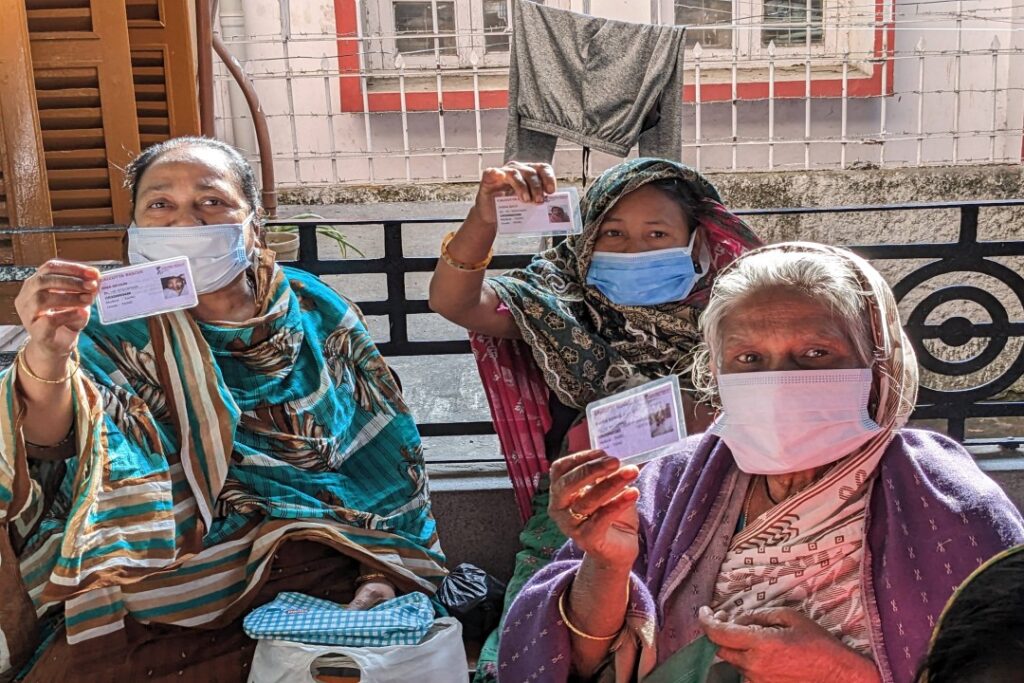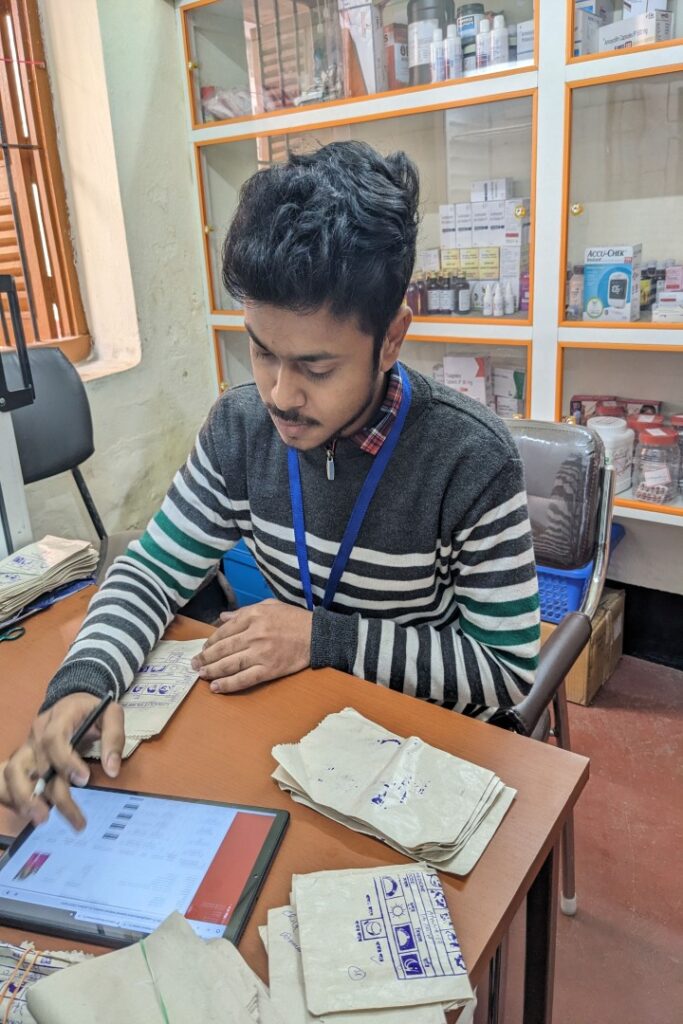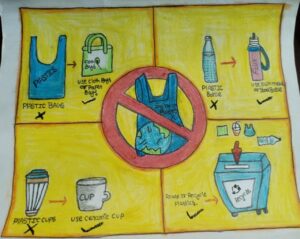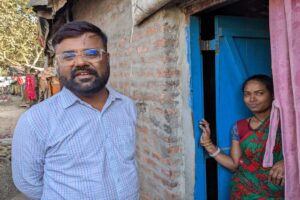
By Sean Duggan
CR has never had a clinic like the one at Tangra.
Stepping into it for the first time yesterday was rather like someone from the Age of Sail being teleported onto the deck of the starship Enterprise.
I remember the time when a CR clinic consisted of a large tarpaulin, some bamboo poles, a few chairs for doctors and a couple of battered metal chests full of drugs. This would be erected on a dirty pavement daily and taken down when the last patient had been seen.
Apart from a handful of Indian doctors and perhaps a Western volunteer nurse or doctor, everyone else was big on compassion and vanishingly light on any relevant skills or qualifications.
That is light years away from CR’s new clinic which opened in November and is named after the charity’s former CEO, Dr Bobby, who died in 2021. The funny thing is that if you were there you would wonder why I am making such a fuss – it just looks like a normal clinic.
And that is exactly my point – it does. Yes, our other clinics are a world away from the clinics at Middleton Row and Nimtala Ghat in the early 90s, but nothing like this.
This is in a nice residential block, laid out as you would expect at a clinic, with a waiting area, a consulting room, a curtained-off examination area and a small pharmacy. It is well equipped, freshly painted and clean.
I noticed a wall-mounted blood pressure gauge donated by UK volunteer Dr Moona, and also the whiteboards detailing the daily and weekly infection control cleaning which she has introduced in all CR’s clinics.
Even more impressive than the building and the equipment are the staff and the technology they are using. In the waiting area outside patients eagerly hold up their new CR ID tags for me to photograph.

Next to that a smart young member of the team logs their details on the system.
Inside Babita, a qualified nurse checks patients on arrival, measuring blood pressure, weight etc and inputs the results directly onto CR’s new computer system.

When the doctor sees the patient he already has access to that information, and when he decides what medicines are needed the young, well qualified pharmacist will know instantly and can start preparing them.


I speak to CR’s Community Health Worker for Tangra slum and she whips out her phone and shows me the Kobo app where she records all the key details of her activities and interactions with patients. There are multiple causes for the miracle that is Dr Bobby’s Clinic.
First was the decision to create a small clinic next to a slum where there is a very high need for medical support, and it is being used as a trial for more local clinics in the future.
Second, we managed to find a supportive landlord willing to rent us high-quality premises at a good price.
Thirdly, the government has introduced new standards for medical clinics in terms of facilities that all new clinics must comply with.
And finally, CR is undertaking a digital revolution – of which a lot more later. All of which adds up to a clinic of which the charity can be rightly proud.
Up on the bridge of the Enterprise I can hear Mr Spock’s carefully modulated tone whispering: “It’s CR, but not as we know it Jim.”



